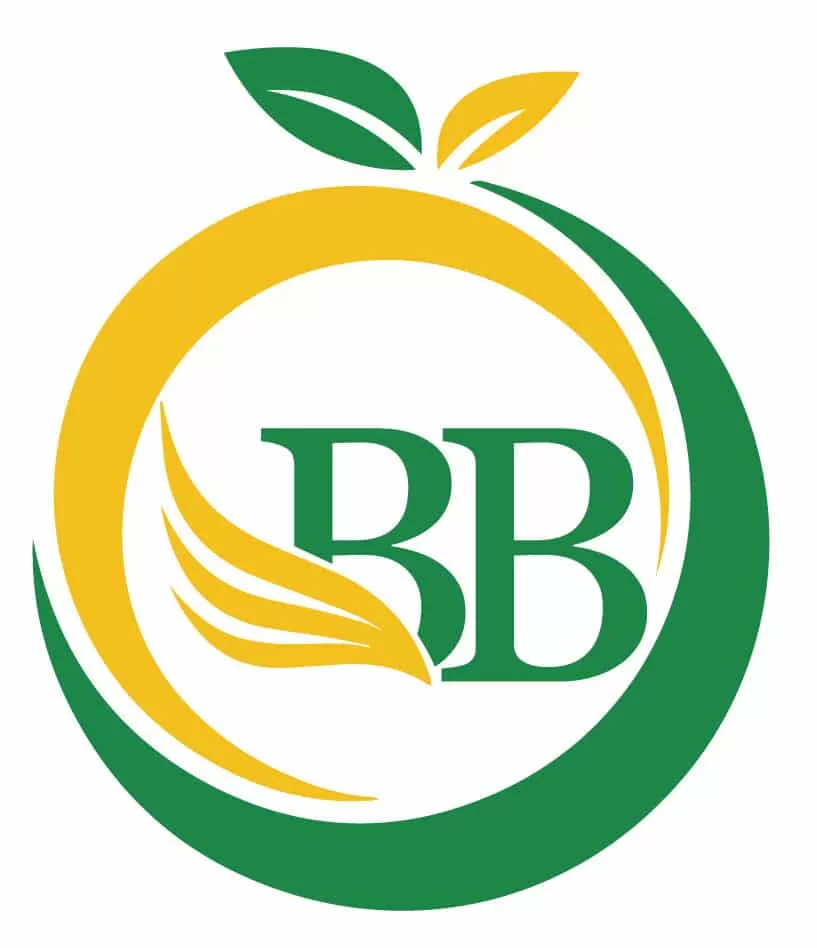When most people think of tea, they picture a steaming mug on a quiet morning or an iced glass on a hot afternoon. But tea doesn’t need to be confined to a cup. In fact, Cooking With Tea is one of the most overlooked ways to add depth, flavor, and nutrition to your meals. Herbal infusions bring not just unique taste profiles but also functional benefits, making them powerful tools in the kitchen. Whether it’s hibiscus lending a tart edge to a marinade, peppermint brightening up desserts, or valerian root offering calming undertones to evening recipes, tea can turn ordinary meals into experiences.
Let’s start with hibiscus. Known for its vibrant red hue and tart, cranberry-like flavor, hibiscus is more than a refreshing beverage. When used in cooking, it works beautifully in both savory and sweet applications. You can steep a strong hibiscus infusion and use it as the base for salad dressings, combining it with olive oil, honey, and mustard for a tangy vinaigrette. It also shines in marinades for chicken or pork, where the acidity helps tenderize the meat while infusing a bold, fruity flavor. On the sweet side, hibiscus pairs perfectly with dark chocolate or citrus in cakes, tarts, or even homemade sorbet. Cooking With Tea here means letting hibiscus add color, antioxidants, and a punch of brightness to your plate.
Peppermint tea brings a whole different spectrum to the table. Cooling, refreshing, and aromatic, peppermint infusions are ideal for desserts and lighter fare. Imagine steeping peppermint leaves and using the cooled tea as a base for homemade ice cream or panna cotta—it adds a natural, refreshing lift without artificial flavorings. Peppermint tea also works well in savory dishes. Try adding a splash of strong peppermint infusion to a lamb stew or couscous salad for a subtle cooling note that balances richness. Cooking With Tea is all about playing with contrasts, and peppermint offers exactly that.
Valerian root may not be the first herb you think of in the kitchen, but it can still have its place. Its earthy, grounding flavor makes it a good candidate for evening recipes designed to calm and relax. A valerian infusion can be incorporated into broths or warm grain bowls, giving depth while supporting the nervous system. Cooking With Tea isn’t always about bold flavors—it can also be about using herbs to match the intention behind your meal. A valerian-infused broth before bed? That’s nourishment for both body and mind.
Herbal blends also allow for endless experimentation. Chamomile, with its floral, apple-like notes, can be steeped and used to poach pears or apples for a light, aromatic dessert. Rooibos, naturally sweet and rich in antioxidants, can form the base of sauces or reductions, particularly when paired with vanilla or cinnamon. Even ginger tea, spicy and warming, can be used in stir-fries, glazes, or salad dressings to enhance flavor while supporting digestion. Cooking With Tea means seeing your tea cabinet as a spice rack—full of possibilities.
One of the simplest ways to get started is to use herbal tea as the liquid in recipes where you’d normally add water or stock. Rice, quinoa, or oatmeal cooked in tea absorbs not just the flavor but also the benefits of the herbs. Imagine hibiscus rice with grilled fish, peppermint oatmeal for a refreshing breakfast, or rooibos quinoa tossed with roasted vegetables. Small swaps like this make Cooking With Tea both approachable and transformative.
Beyond flavor, there’s the ritual. Brewing tea to cook with slows you down, makes you intentional, and turns the act of preparing food into a mindful practice. It’s not just about taste—it’s about aligning your meals with your goals for health, energy, or relaxation. That’s the power of Cooking With Tea: it’s functional, flavorful, and deeply primal in its connection to nature.
At the end of the day, Cooking With Tea is about expanding how you think of herbs and infusions. They’re not just drinks—they’re ingredients waiting to elevate your kitchen. Once you start experimenting, you’ll realize each cup of tea you brew could just as easily become the base for your next great meal.

